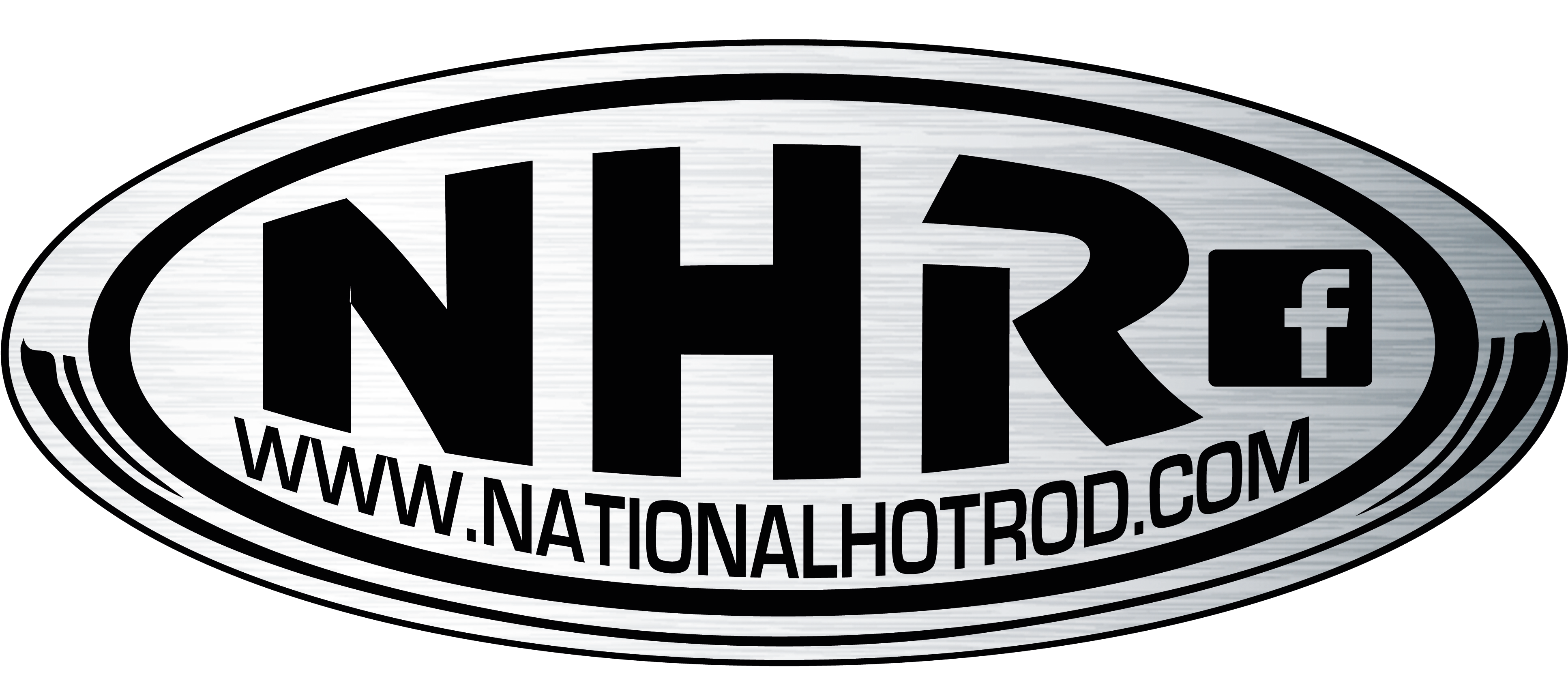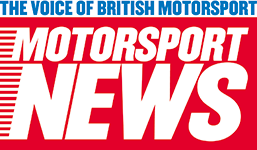The beginning of National Hot Rods
When Tamworth stock car stadium closed in 1962 ex stock car driver and entrepreneur Bill Morris started to look around for a track in the nearby area. He discovered the old Reservoir on Cannock Chase which was used for Stock Car Racing in the mid-fifties. The reservoir was built in 1879 but would never hold water.
Bill was always ahead of his time in everything he did, so he decided before building and opening the Raceway, which was the first track to be called a “Raceway” in UK, he would go to America and see how it was being done there. He had an idea in his head for a new formula for Stock Car Racing of small saloons which people could more easily relate to. He visited various tracks in the States and met with Bill France the owner of Daytona Speedway and founder of NASCAR.
Bill came back with many ideas he wanted to try. In 1963 Hednesford was constructed as a shale ¼ mile track with 14 degree banking on the bends. Instead of a post and wire fence, which was normal in the UK at the time, Bill constructed a wall which was originally built using old railway sleepers. The starter stood safely on a gantry which was above and over the track.
He then began to create his new formula, using small saloons which could be purchased cheaply from scrap yards using an engine from a larger vehicle. He created a rule book which in the early days which stated that a safety belt must be used, all glass should be removed, the engine size was only up to 1600cc and included a drawing of how a roll cage should be fitted. Only cars that had been manufactured for at least 4 years were allowed, keeping the cost of the sport down as much as possible.
Bill then realised he couldn’t call them stock cars, although it is what they were, so the name Hot Rod was born. A mini class was also created as well as a modified class and Bill’s idea was that when there were enough cars, they could all race in their own class. It was to be a non-contact sport with the emphasis on racing, a miniature version of NASCAR.
In the first season a variety of cars were used most of which were pre-war but as the sport moved forward the most popular car was the Ford 100E originally fitted with a side valve 1172 cc engine but Hot Rod drivers found the Austin 1600 engine was cheap to buy and easily installed to give the car the performance required.
The sport grew rapidly in the midlands and then Les Eaton of Spedeworth invited the drivers of these cars to Wimbledon and from then onwards the sport grew and grew. As we moved into the 70s the sport continued with its growth and the cars became more sophisticated and expensive. Hot Rods soon started in Scotland and Ireland as well as other European countries and South Africa.
With different promoters in different regions all running Hot Rod racing but with small differences in rules, the major promoters got together in the 1980s to form a unified governing body – the National Hot Rod Promoters Association – and the NHRPA was born. This led to meaningful international race meetings and a levelling of car specification and driver grading systems.
Meanwhile as road-going cars were increasingly moving to front-wheel drive, the choice of rear-wheel drive models available to Hot Rod racers was diminishing. The Ford Escort era evolved into small Japanese RWD hatchbacks, and Toyota Starlets, Mazda 323s and others dominated the sport. These cars were becoming very dated and the NHRPA made a major rule change around 1990 to allow FWD cars to be converted to RWD. This ultimately led to the full steel spaceframed chassis cars of today.
Today’s National Hot Rods merely resemble a manufacturer’s road car, but in actual fact are likely to contain not one single part from the model they represent. Instead they have a tubular steel chassis designed for maximum driver protection, exaggerated body panels made from Kevlar, carbon fibre and other composites to represent a particular car shape, full race-spec suspension and braking systems, along with tightly controlled 2.0L 16V engines from mostly Ford or GM highly tuned to deliver 250 BHP.
With different promotions having faded away, National Hot Rod drivers now compete in national points scoring series based in England, Scotland, Northern Ireland and the Republic of Ireland. Additionally these four nations come together for major international titles throughout the year, often with guest racers from similar race series based in mainland Europe and South Africa.

